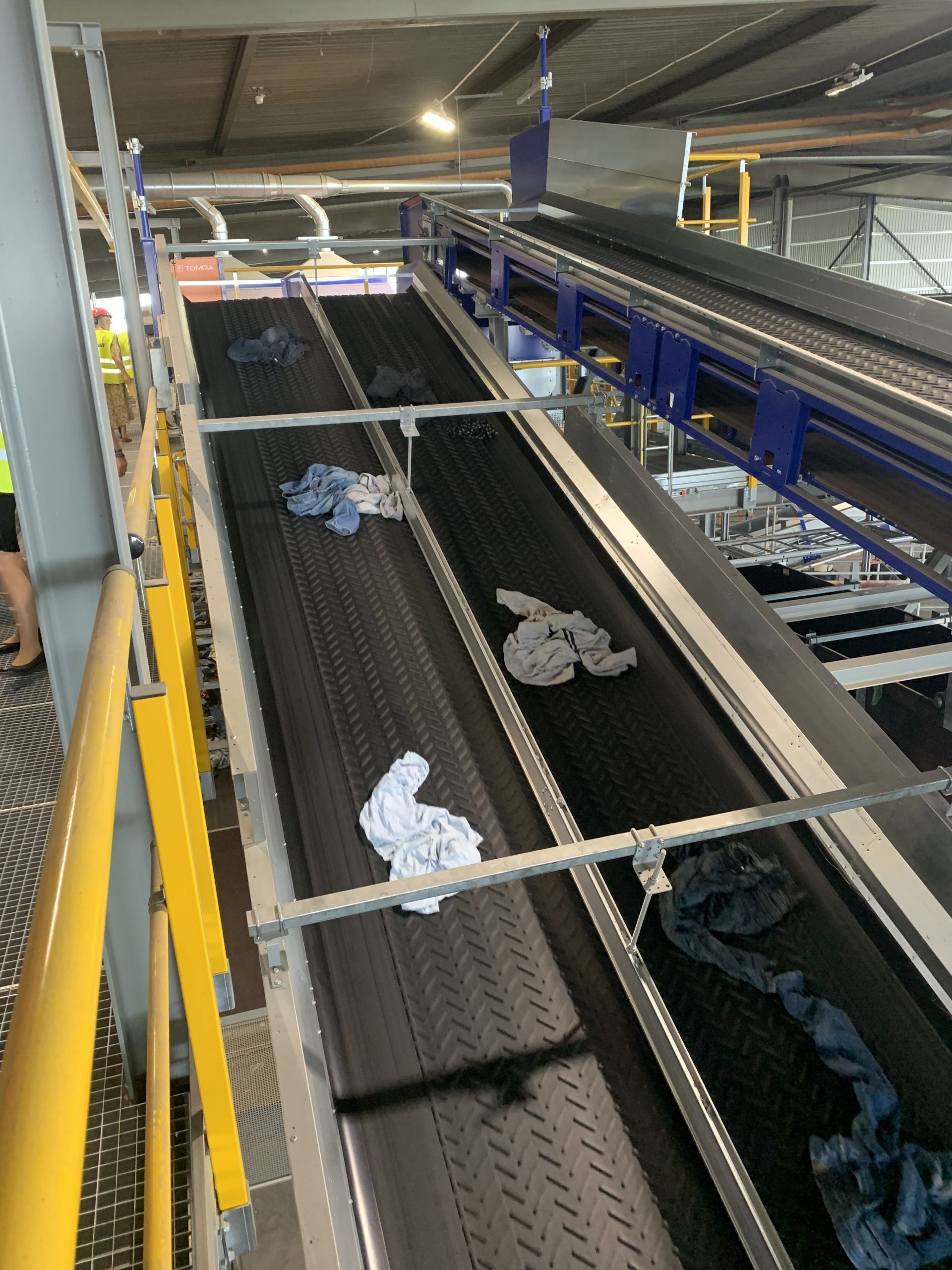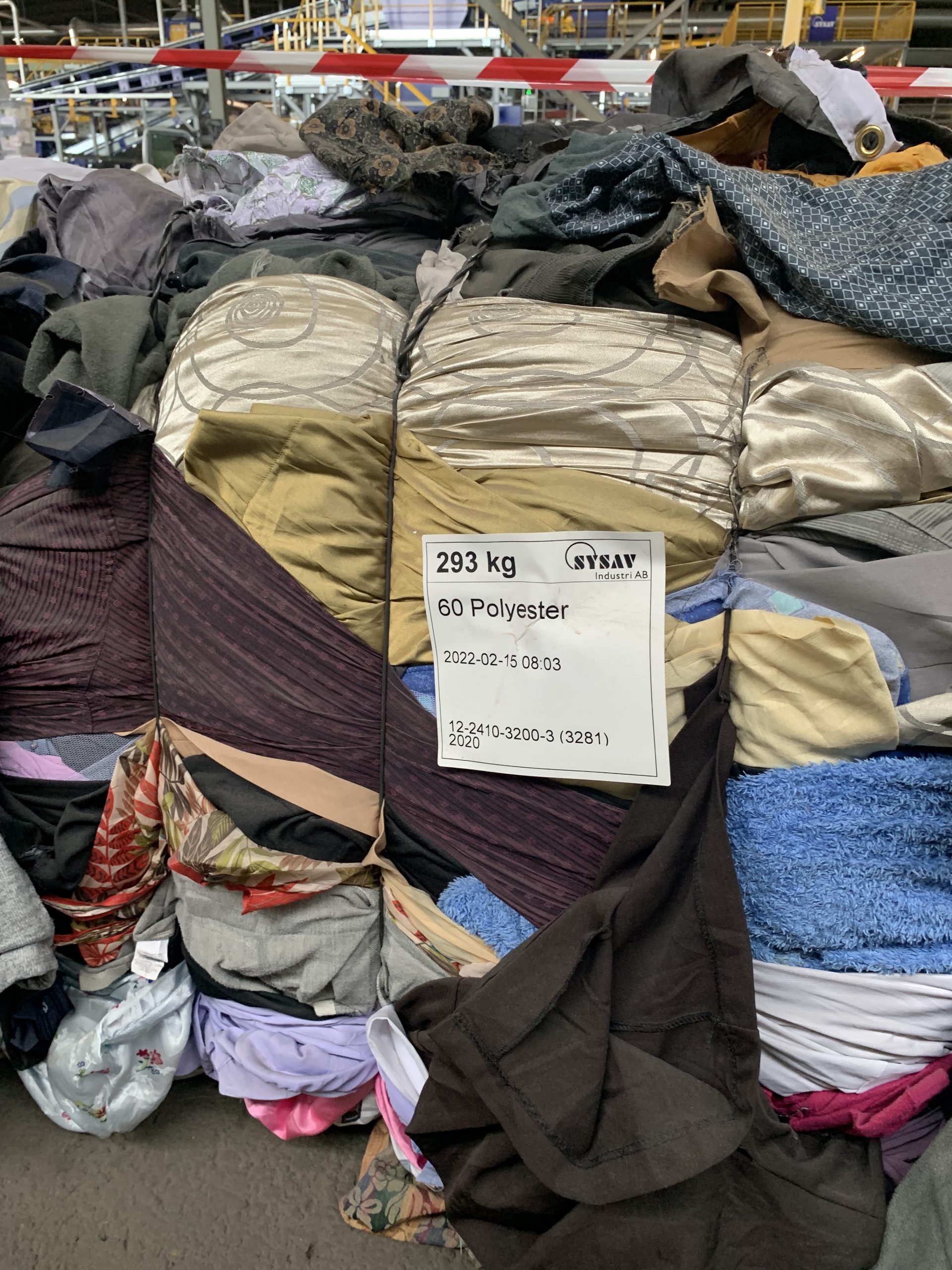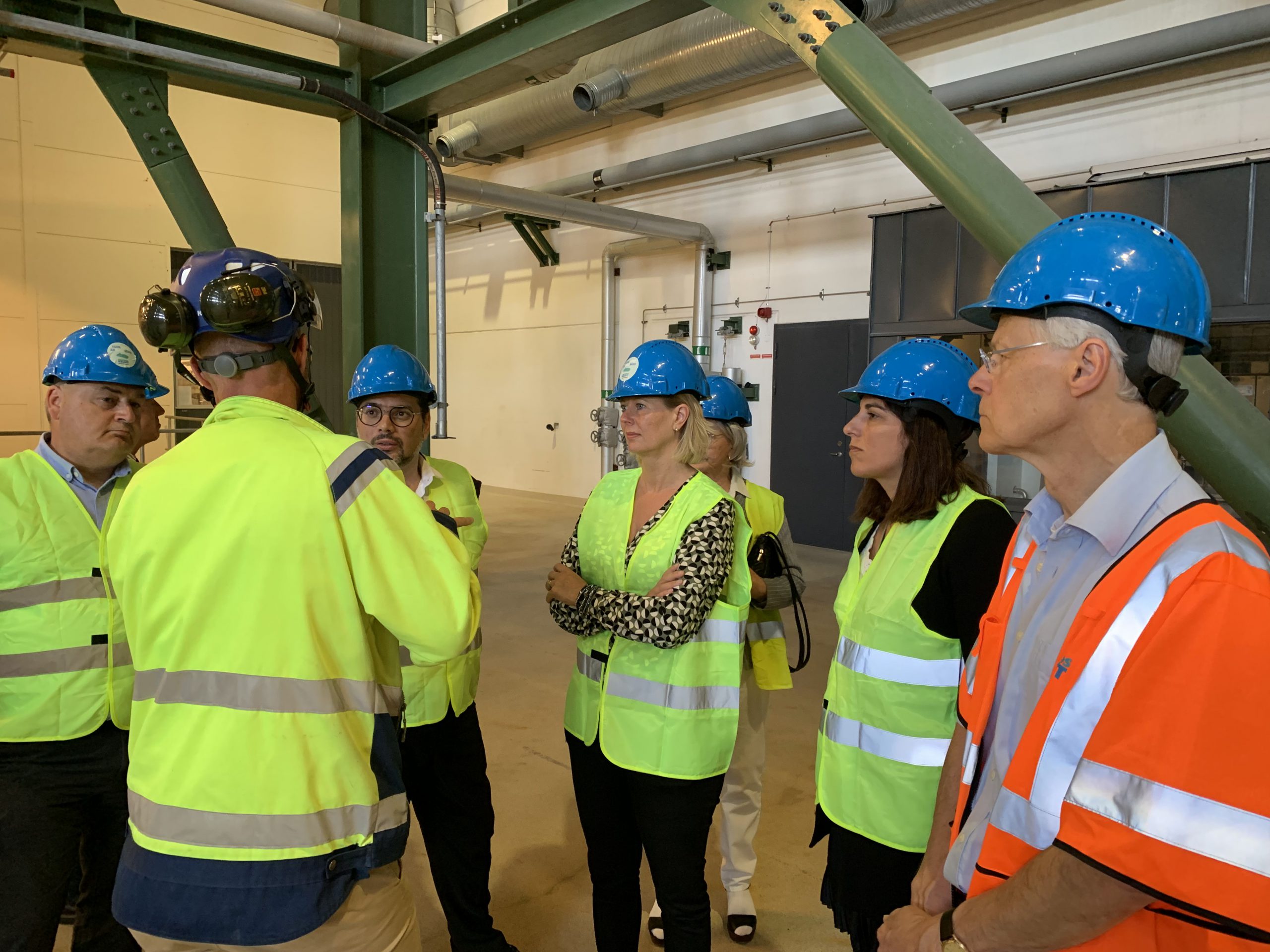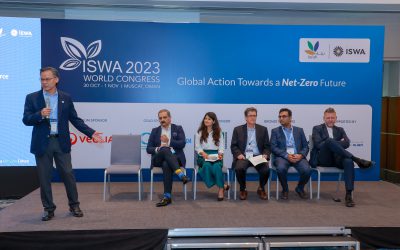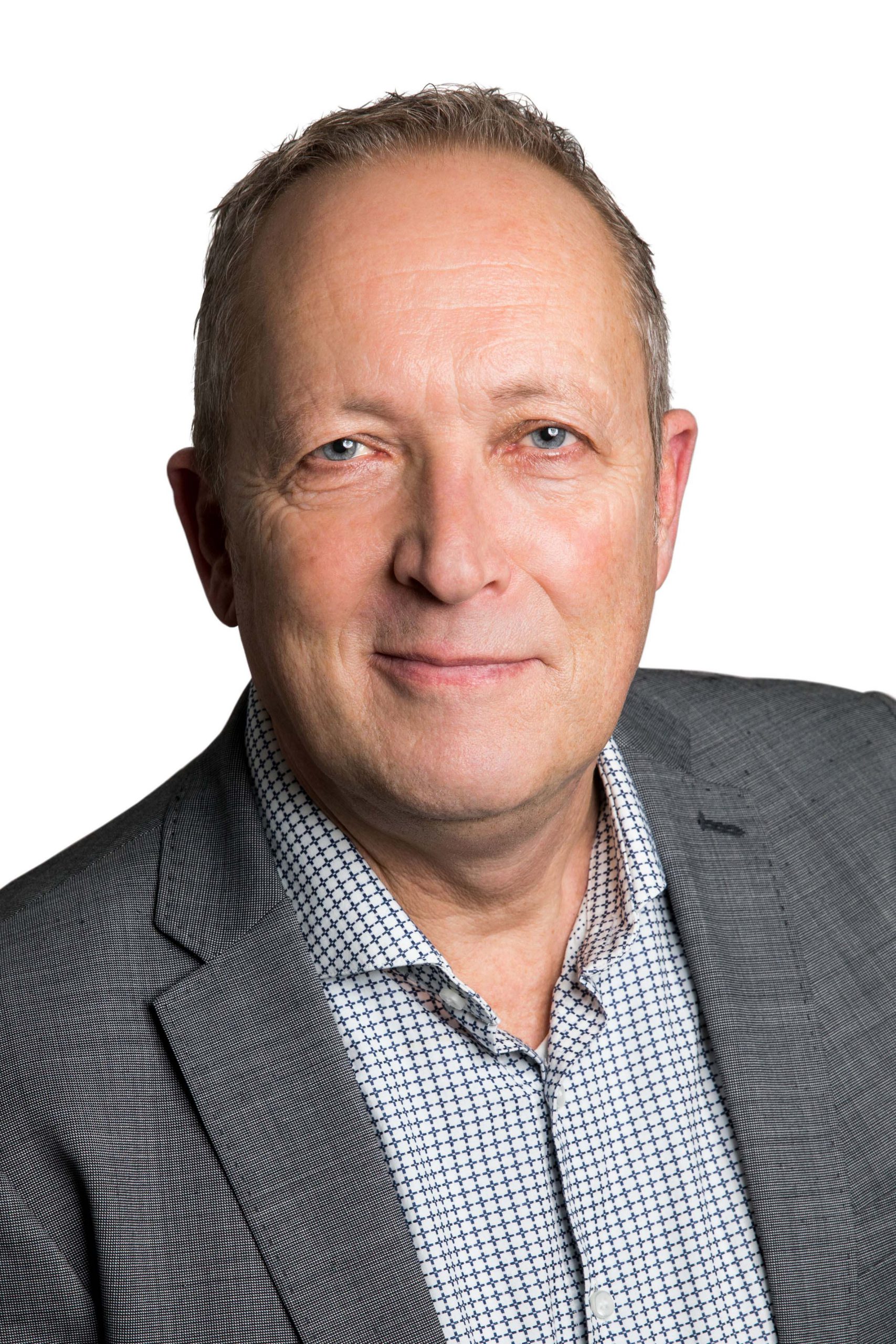
Marc Tijhuis
Managing Director ISWA
At the end of June, between Monday June 27th and Wednesday June 29th, the Scientific Committee and the Board of Directors of ISWA met for their in person meetings in beautiful Copenhagen.
The meeting was hosted by Ramboll, an ISWA Organizational Member and a global engineering, architecture and consultancy company. They enable stakeholders to realise their goals and navigate the transition to a more sustainable future. The meeting was also hosted by our National member in Denmark DAKOFA. DAKOFA is the Danish network for waste and resources. Their primary task is to prepare the Danish waste and resource sector for navigating in a dynamic society, but just as importantly, in a globalised world.
Part of the Board, together with our honorary member Jørgen Haukohl, had the opportunity to visit the Amager Waste to Energy plant. The iconic ‘Amager Bakke’ combined heat and power (CHP) complex has been built in the outskirts of the Danish capital Copenhagen facing ‘Den Lille Havfrue’ (the little mermaid) across the water. It is one of the largest waste-to-energy plants in northern Europe. The complex also serves a recreational and an environmental education centre. The plant plant burns waste collected from 500,000 – 700,000 inhabitants and 46,000 companies.
Besides the meetings we had we enjoyed a guided boat tour and we could catch up while enjoying a joined dinner with STC, Board and former Board members Weine Wiqvist and Håkan Rylander. Our Board member Gunilla Carlson invited the ISWA Board for an interesting program for the Wednesday.
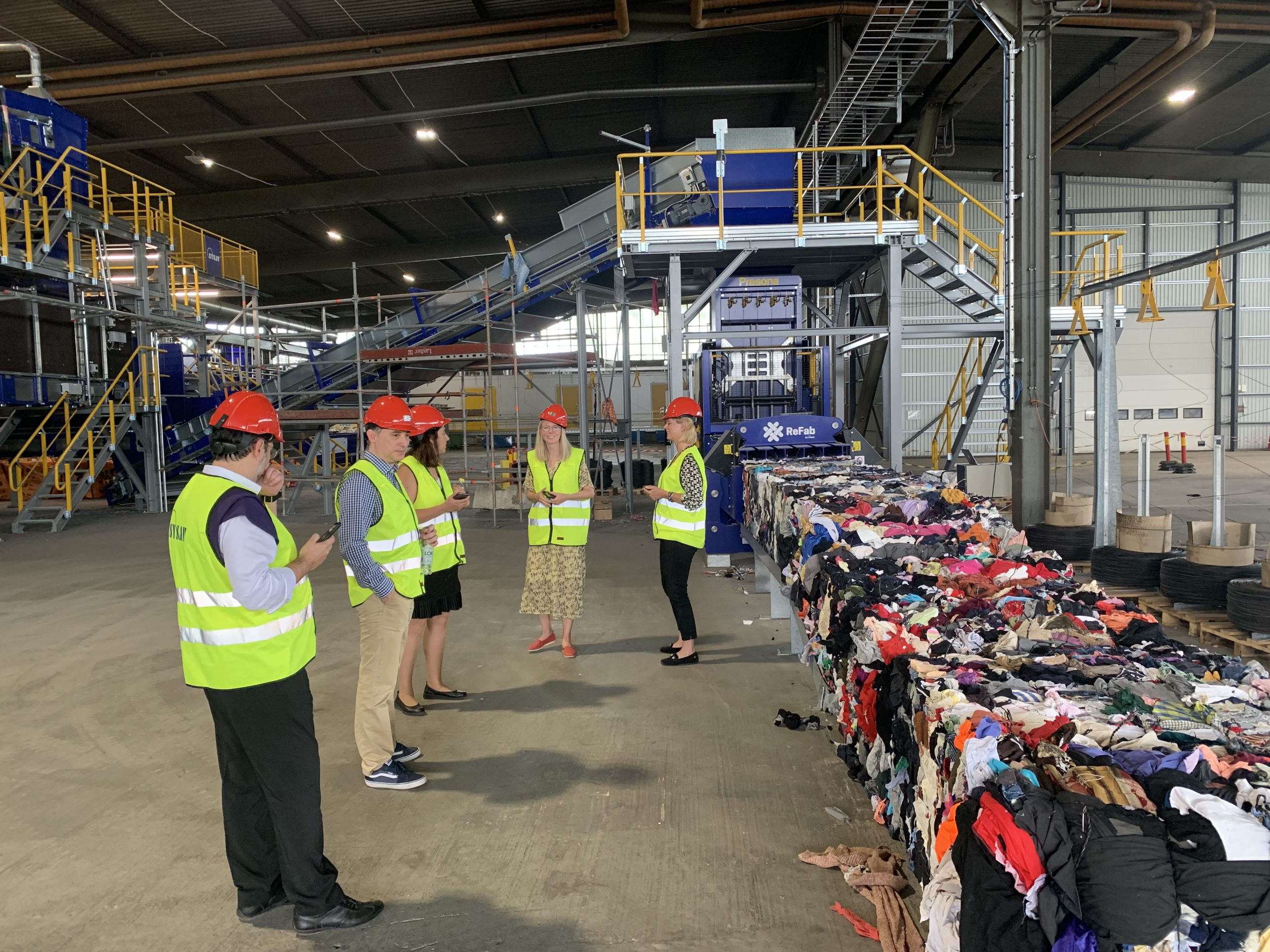
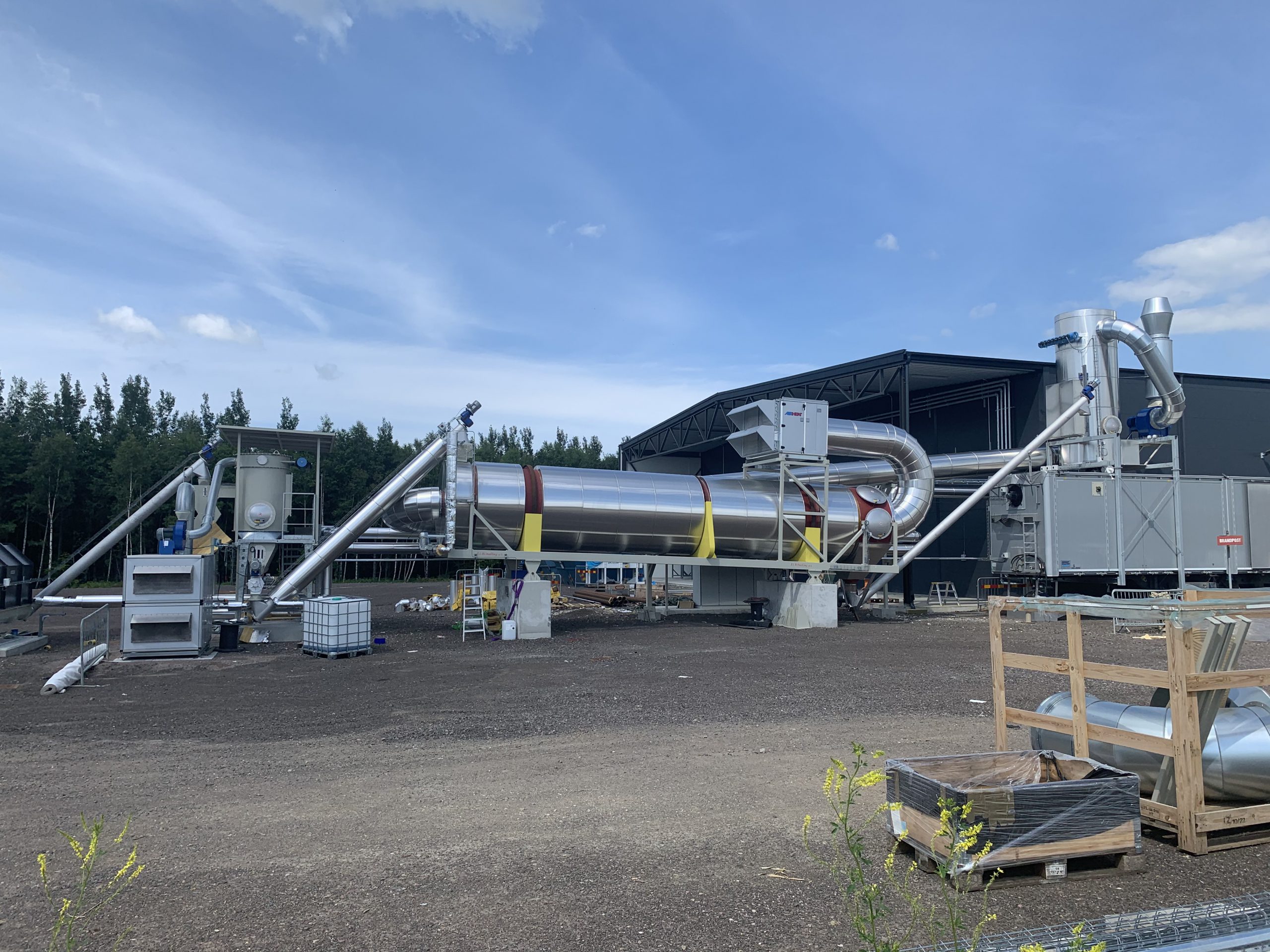
First we joined a program at the Filborna Energy from Waste plant, Öresundskraft in Heslingborg Sweden focussing on decarbonising heating. Decarbonising heating is in Europe a high priority to reduce CO2 emissions and to hit net-zero in the future. Recycled energy combined with enhanced building efficiency, are critical in making this possible. The city of Helsingborg is on a journey to decarbonise energy. Recycled energy in district heating and cooling networks gives the city a small carbon footprint and creates jobs, tax money and corporate advantages. Recycled energy, waste and water is emerging as key drivers in a local, circular economy and building blocks for truly sustainable solutions.
Of course we could also visit the plant itself. The Filborna plant is a waste-to-energy plant which combusts sorted waste from the nearby region. It supplies approximately 40 percent of Helsingborg’s heating demand. The plant features a state-of-the art, combined flue gas cleaning and condensation system to ensure high efficiency whilst meeting stringent emission requirements. Some facts; the plant was commissioned in 2013 and is run by Öresundskraft, the municipality of Helsingborg’s wholly owned energy company. It has a 70 MW boiler and an annual incineration limit of 160,000 tonnes of refuse-derived fuel (RDF)
We continued our program with a visit to the NSR innovative BioChar plant. During the last decade, biochar has received a lot of attention, both from scientists and policy makers. Biochar is charcoal when it is used for particular purposes, especially as a soil amendment. Biochar is produced after pyrolysis of biomass, i.e. the process of heating above 350-400 degrees under very low or zero oxygen concentrations. Biochar is a stable solid, rich in carbon and can endure in soil for thousands of years.
The interest from scientists and policy makers is triggered by the possibility to apply biochar to soils for carbon sequestration and simultaneously increase the plant production capacity. Biochar thus has the potential to help mitigate climate change, via carbon sequestration, resulting in negative CO2 emissions.
Last but not least we could visit the Swedish Innovation Platform for Textile; the first large scale sorting plant worldwide for textiles at SYSAV’s facility Malmö. It is the world’s first large – scale plant for automatic textile sorting and now put in operation. With a sorting capacity of 24,000 tonnes of textiles per year, it will revolutionize Swedish textile recycling and create new markets for textile waste.
The automated sorting is based on optical sensors that, with the help of near-infrared light, can sort textiles according to color and fiber composition with high precision. This makes it possible to handle large textile flows while at the same time producing textile fractions that match the needs of textile recyclers and textile companies.
